Belt squat machines have become increasingly popular in the fitness world, offering a versatile and joint-friendly alternative to traditional squats. Whether you're a gym owner considering equipment investments or a fitness enthusiast contemplating home setup, understanding the weight of a belt squat machine is crucial. This article delves into the factors influencing the weight of these machines, typical weight ranges, and considerations for installation and portability.
What is a Belt Squat Machine?
A belt squat machine is a strength training apparatus designed to target the lower body without placing undue stress on the spine and hips. Unlike traditional barbell squats, which require loading weight on the shoulders, belt squats use a belt around the waist to add resistance, making them ideal for individuals with back issues or those looking to diversify their squat routines.
Typical Weight Range of Belt Squat Machines
The weight of a belt squat machine can vary significantly based on its design, materials, and additional features. On average, these machines weigh between 150 to 400 pounds (68 to 181 kg). Here's a breakdown of different types:
-
Basic Belt Squat Stands: These simpler models, often consisting of a sturdy frame and pulley system, typically weigh around 150 to 250 pounds (68 to 113 kg). They are suitable for home gyms with limited space and budget.
-
Commercial-Grade Machines: Designed for high-traffic gym environments, these machines are built with heavy-duty materials and additional features like adjustable height and integrated weight stacks. They usually weigh between 300 to 400 pounds (136 to 181 kg).
-
Plate-Loaded Belt Squat Machines: These models use weight plates for resistance instead of built-in weight stacks. Depending on the construction and included components, they can weigh anywhere from 200 to 350 pounds (91 to 159 kg).
Factors Influencing the Weight of Belt Squat Machines
Several elements contribute to the overall weight of a belt squat machine:
-
Material Quality: Machines constructed from high-grade steel or reinforced materials are naturally heavier but offer greater durability and stability.
-
Design Complexity: Features such as adjustable platforms, multi-angle pulleys, and additional attachment points add to the machine's weight.
-
Portability Features: Machines designed for easy relocation often incorporate wheels or modular components, which can slightly increase the weight.
-
Integrated Accessories: Built-in resistance bands, storage racks for weights, and other accessories can add to the total weight.
Importance of Machine Weight
Understanding the weight of a belt squat machine is essential for several reasons:
-
Installation and Space Requirements: Heavier machines may require reinforced flooring or specific space considerations to ensure stability and safety.
-
Portability and Mobility: If you plan to move the machine frequently, a lighter model with mobility features like wheels might be preferable.
-
Transport and Delivery: For home users, the machine's weight affects how it can be delivered and set up. Professional delivery services might be necessary for heavier models.
-
Stability During Use: Heavier machines generally offer better stability during intense workouts, reducing the risk of wobbling or tipping.
Popular Belt Squat Machine Models and Their Weights
Here are a few popular belt squat machines and their approximate weights:
-
V3 Fitness Belt Squat Machine: Weighs around 300 pounds (136 kg), featuring adjustable height and robust steel construction suitable for commercial gyms.
-
Ironneck Pro Belt Squat Stand: A more portable option, weighing approximately 200 pounds (91 kg), ideal for home gyms with limited space.
-
Titan Fitness Belt Squat Platform: Weighs about 250 pounds (113 kg), offering a stable base with additional attachment points for versatility.
Considerations When Choosing a Belt Squat Machine
When selecting a belt squat machine, consider the following:
-
Weight Capacity: Ensure the machine can handle your maximum lifting weight, including any added resistance.
-
Space Availability: Measure your available space to accommodate the machine's dimensions and weight.
-
Durability vs. Portability: Decide whether you prioritize a heavy, stable machine or a lighter, more portable option based on your needs.
-
Budget: Heavier, commercial-grade machines tend to be more expensive. Balance your requirements with your budget constraints.
Maintenance and Care
Maintaining your belt squat machine is essential to ensure longevity and performance:
-
Regular Inspection: Check for any signs of wear, especially in joints and pulleys, to prevent accidents.
-
Cleaning: Keep the machine clean from dust and sweat to avoid corrosion and material degradation.
-
Lubrication: Apply lubricant to moving parts as recommended by the manufacturer to ensure smooth operation.
-
Proper Storage: If the machine is portable, store it in a dry, secure location to protect it from environmental damage.
Conclusion
The weight of a belt squat machine is a vital factor that influences its stability, durability, portability, and overall suitability for your fitness environment. By understanding the typical weight ranges and the factors that contribute to a machine's weight, you can make an informed decision that aligns with your training needs and space constraints. Whether you're outfitting a commercial gym or setting up a home workout space, selecting the right belt squat machine will enhance your strength training regimen and support your fitness goals.


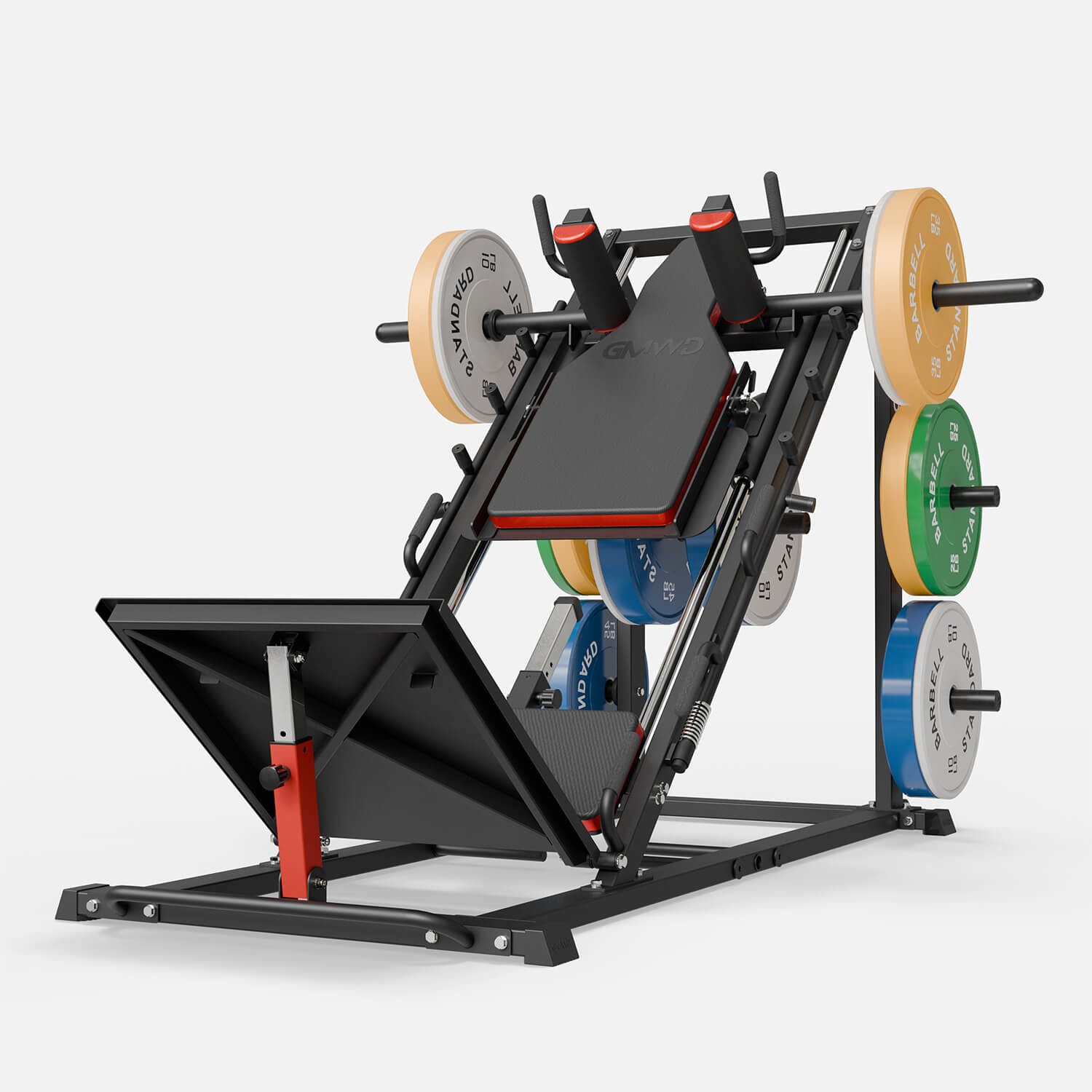
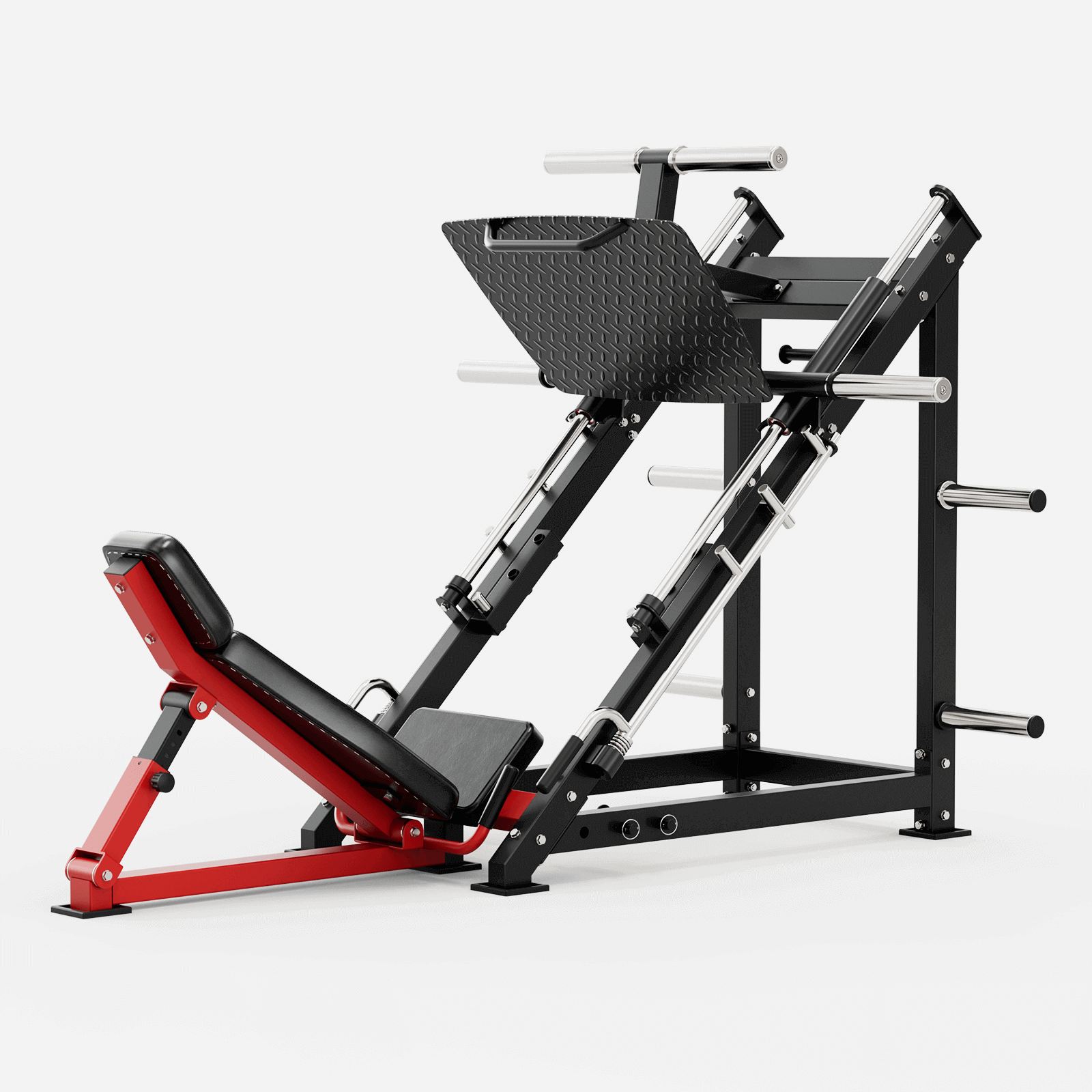
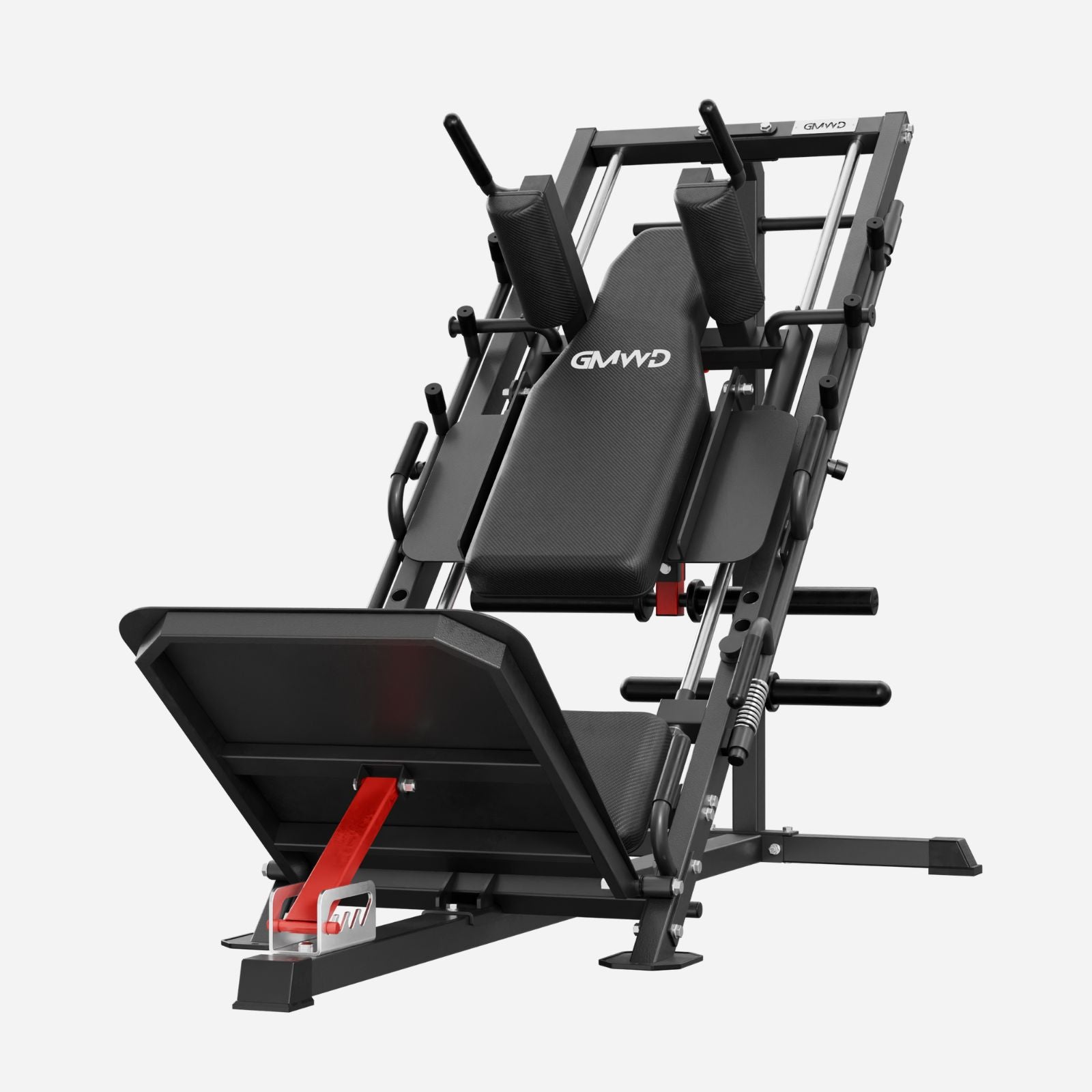
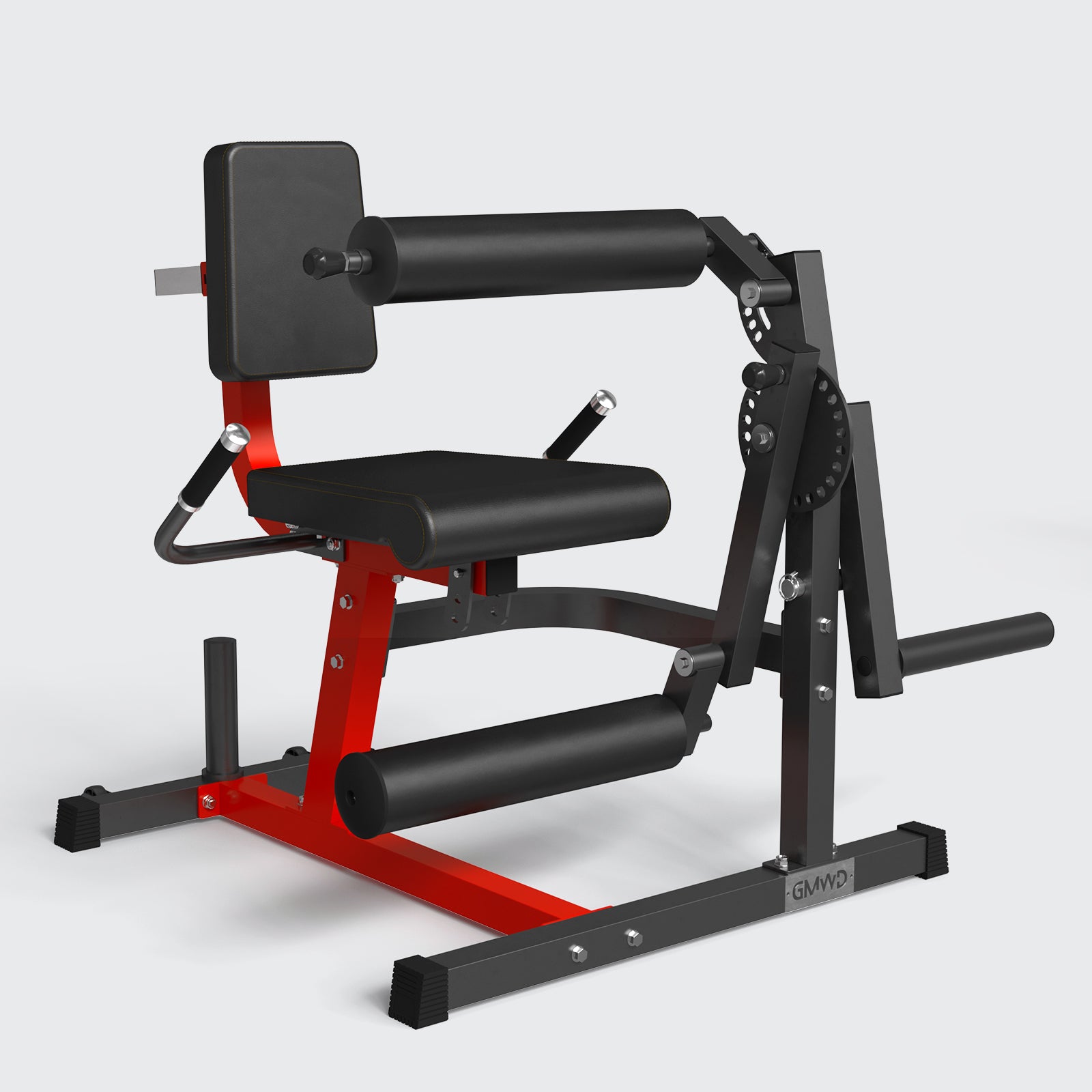
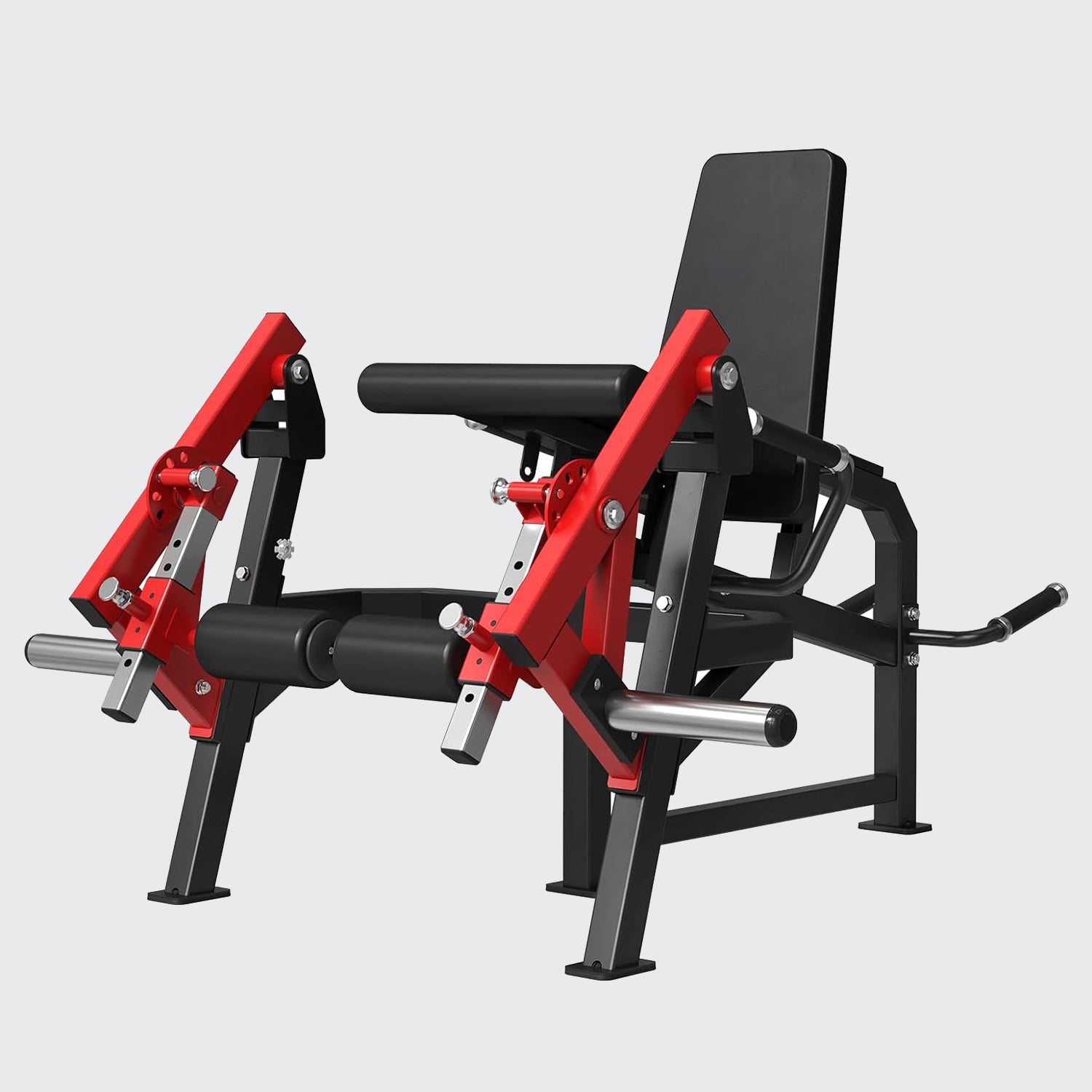
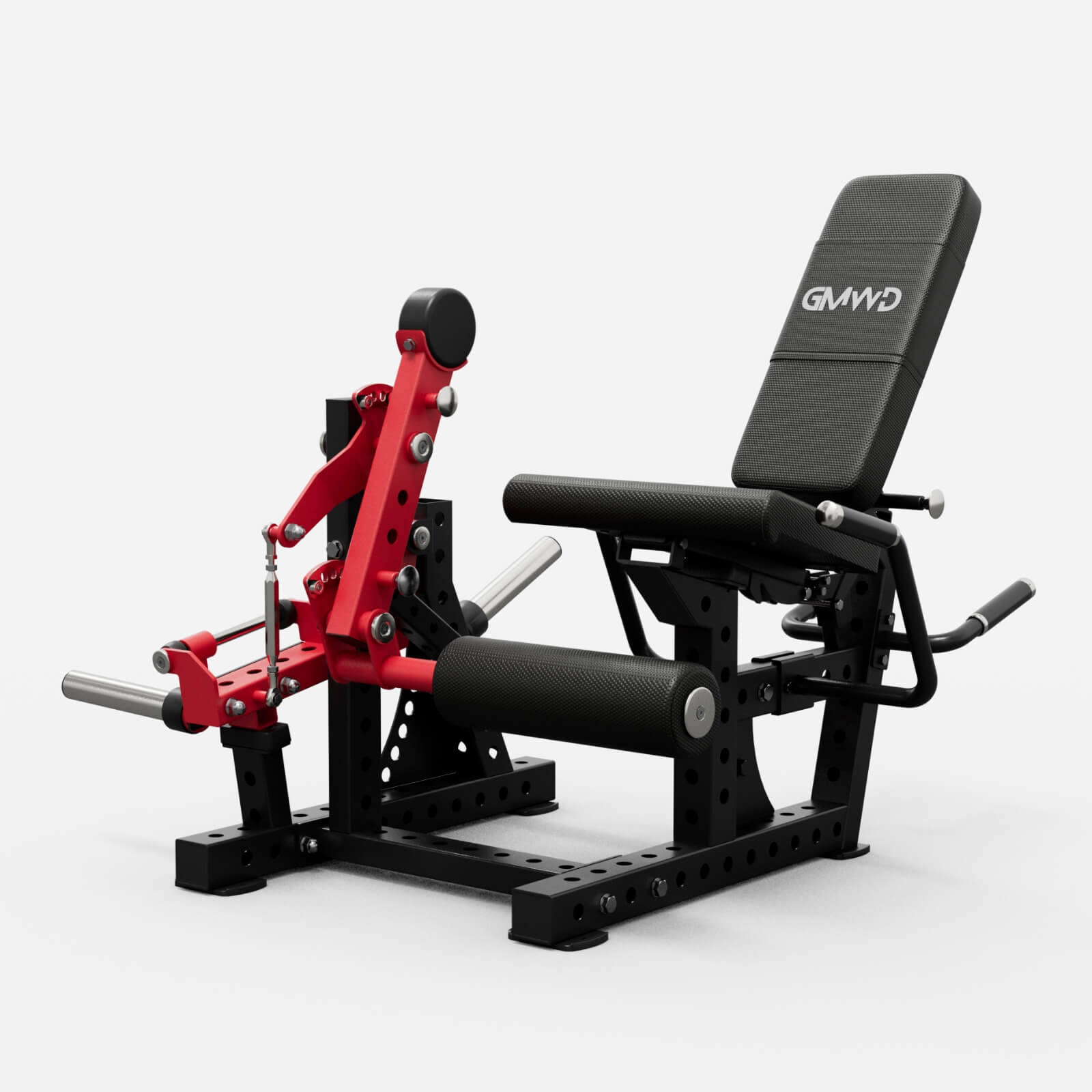
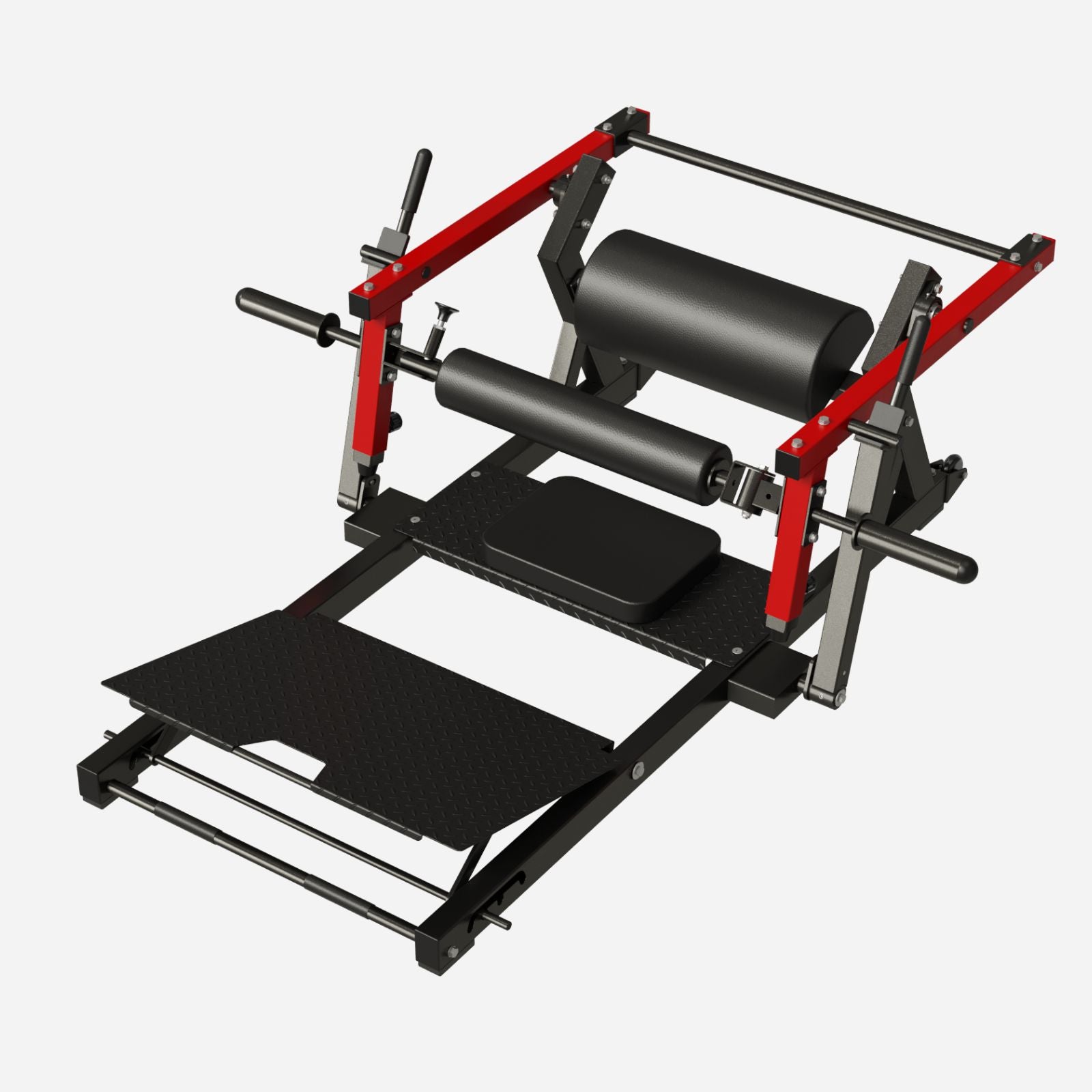

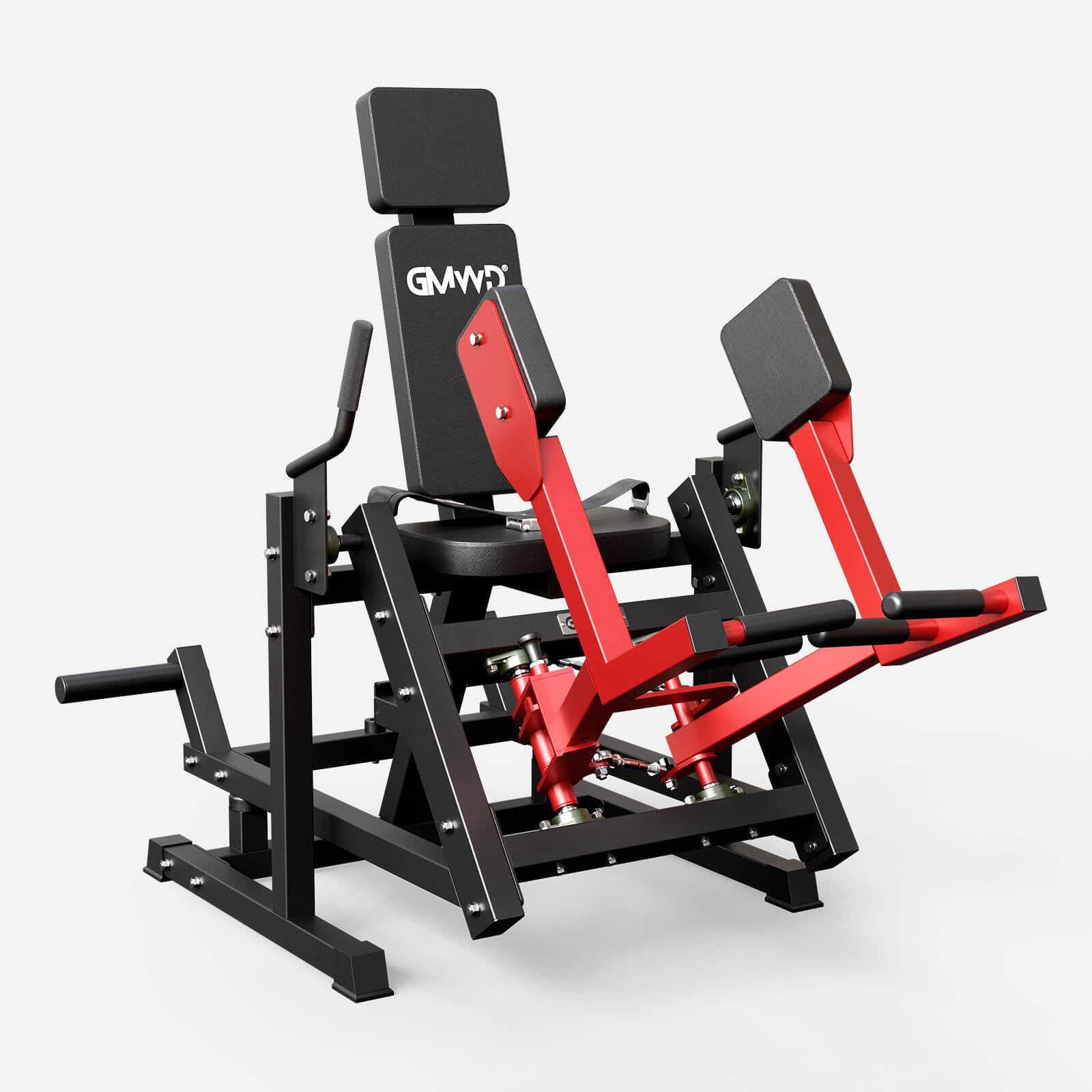
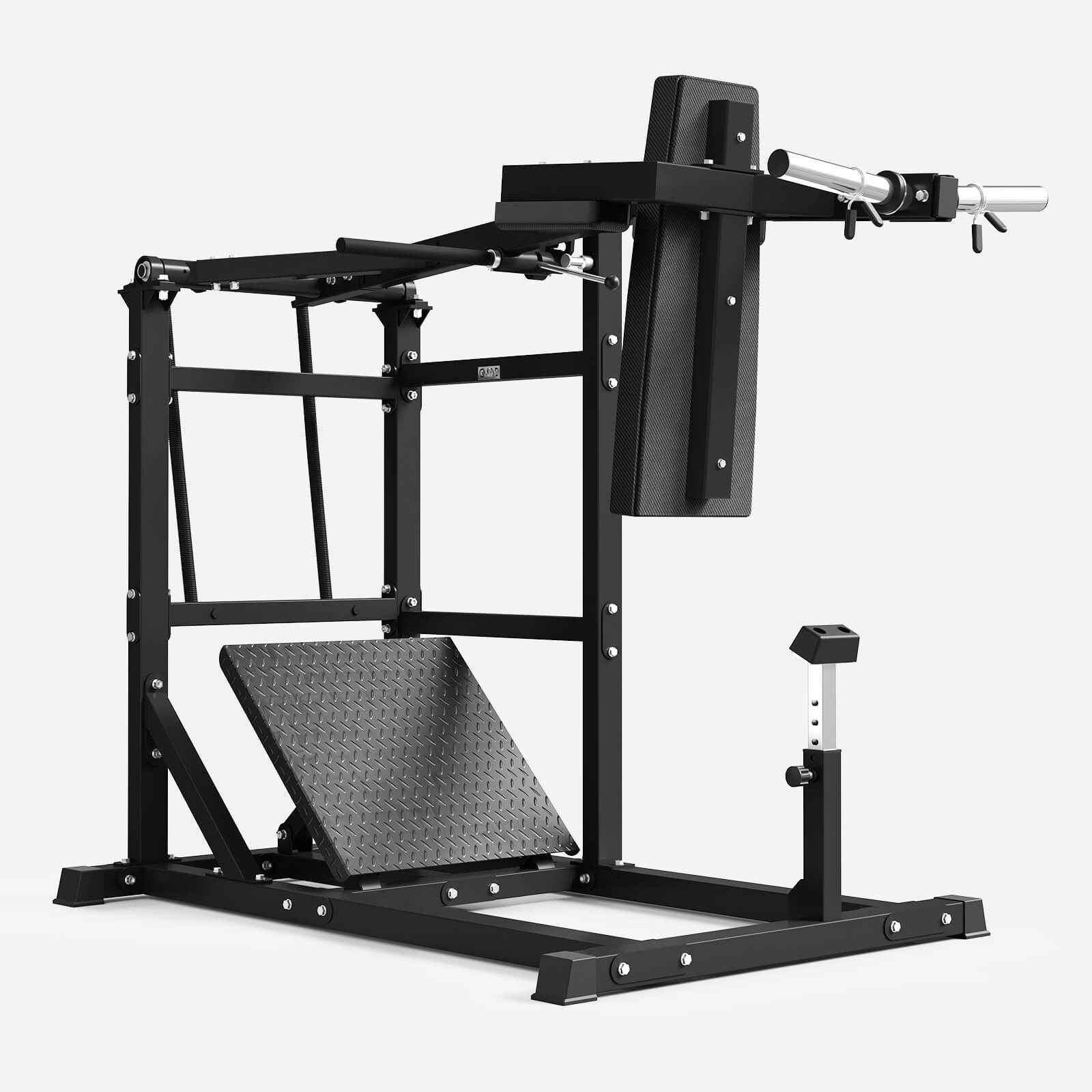
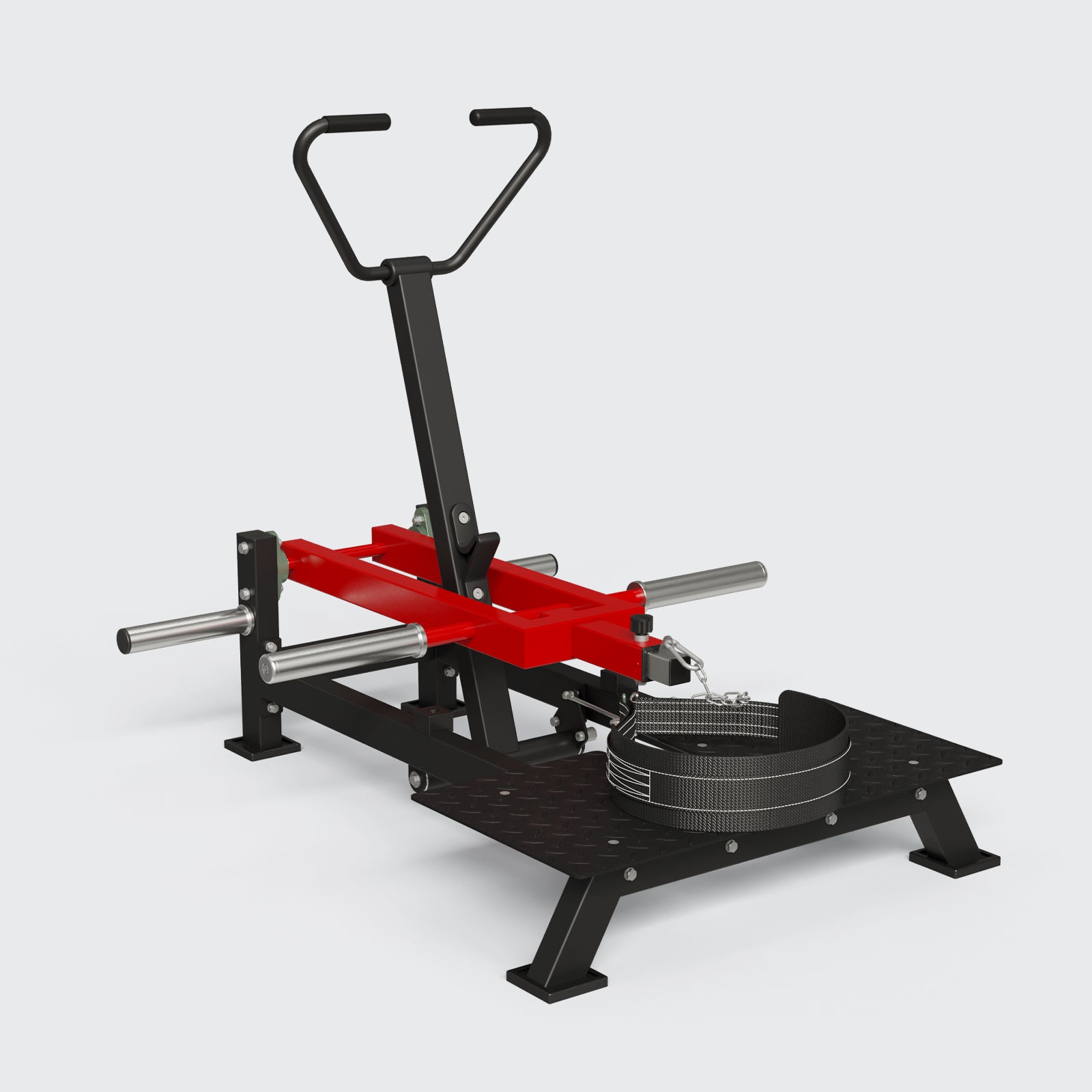
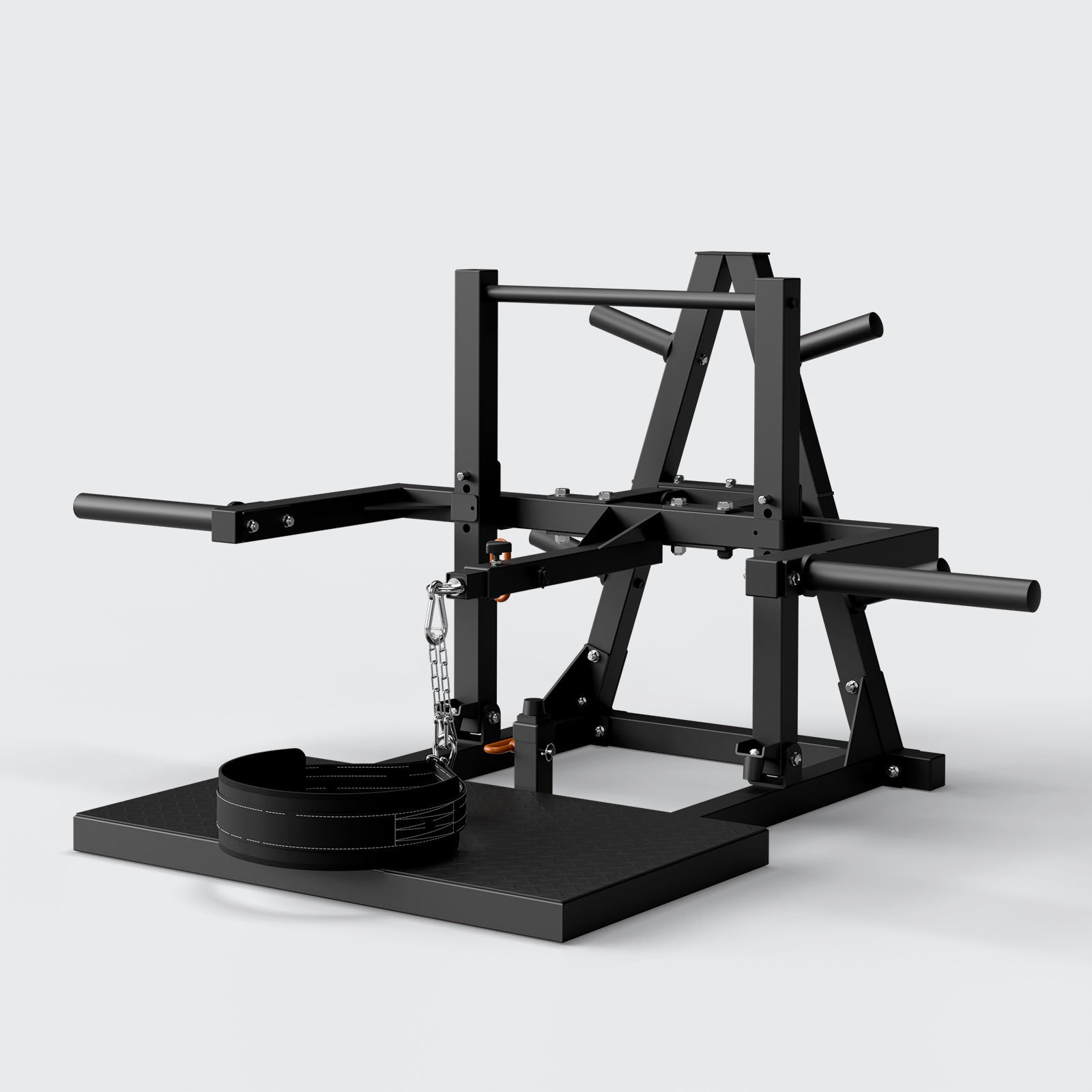

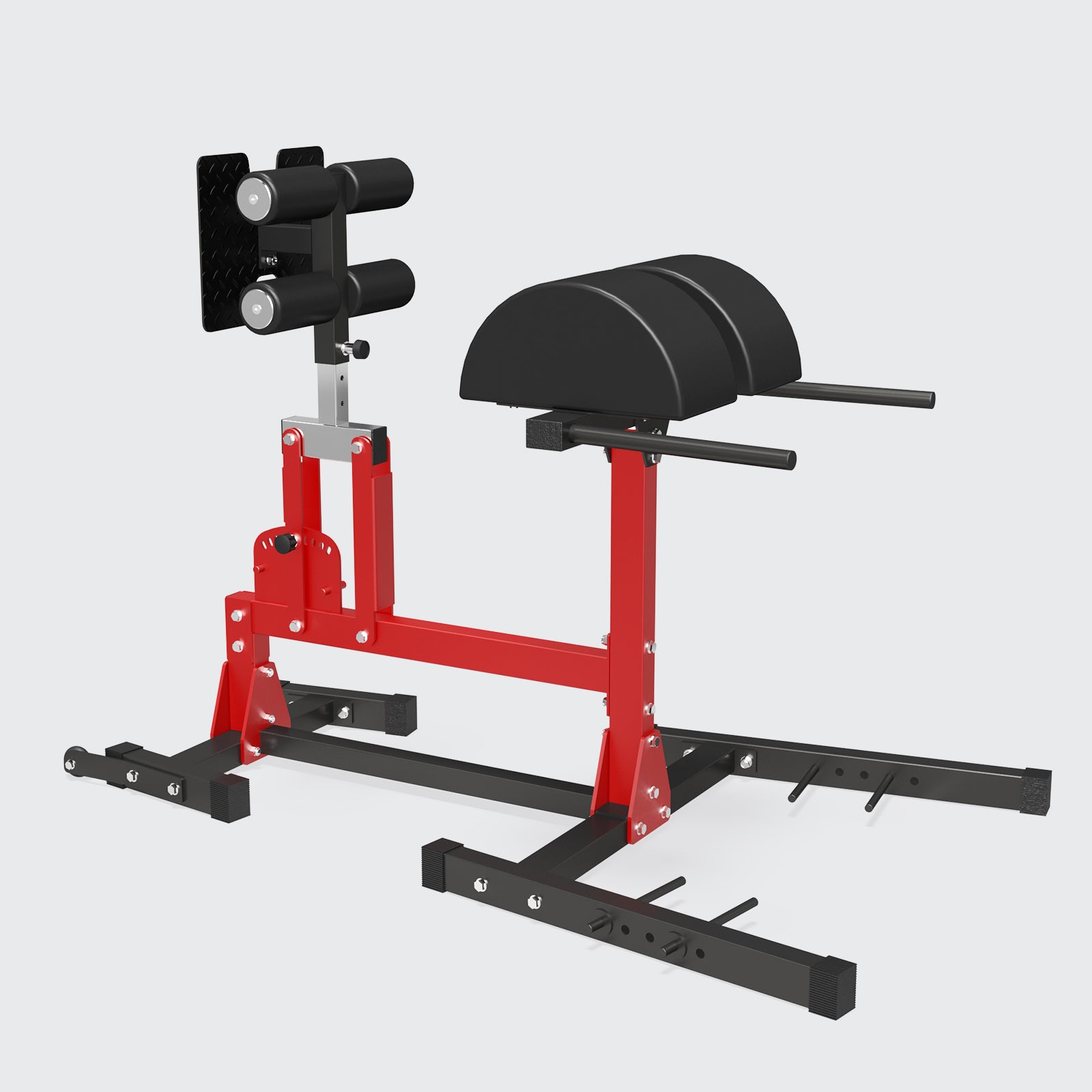
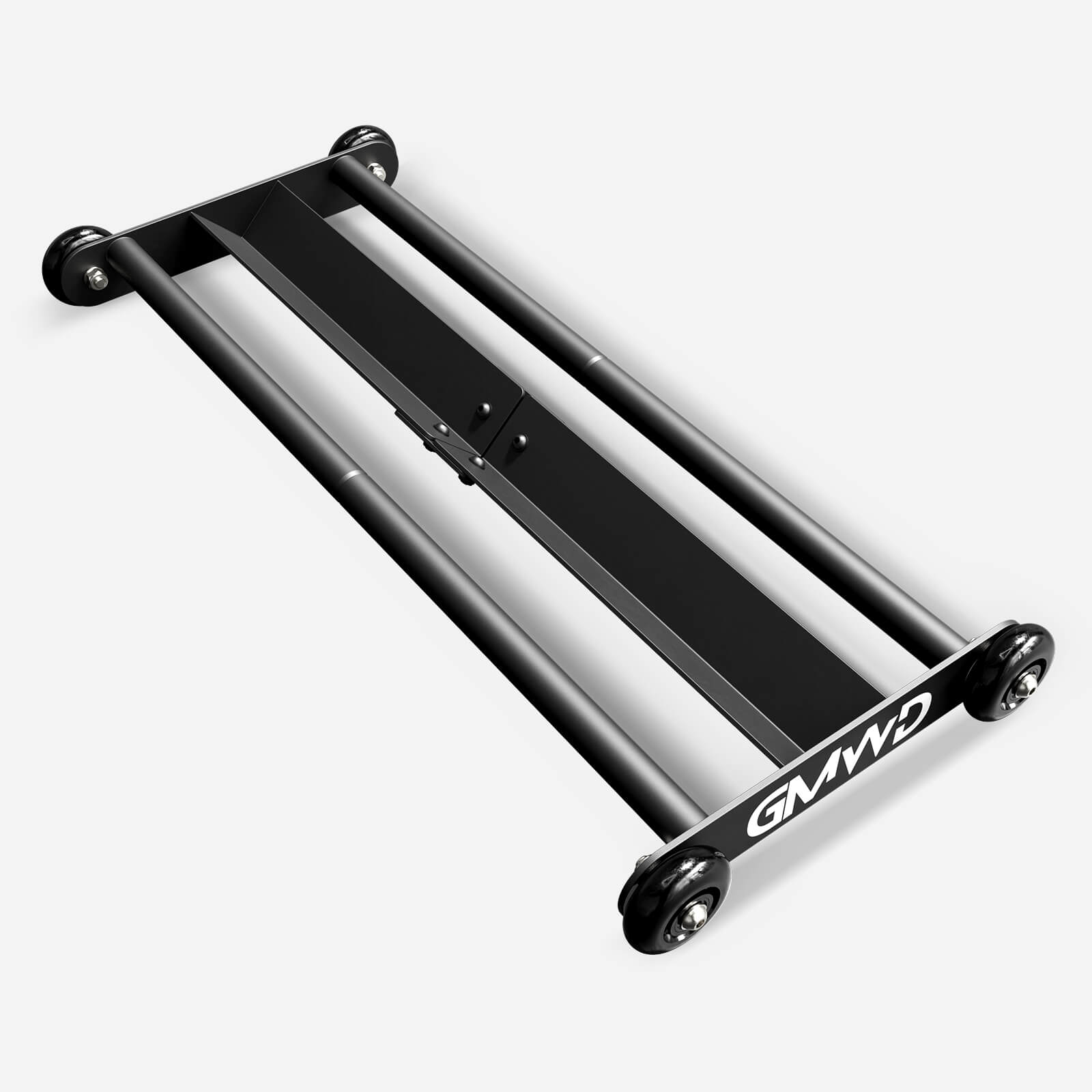
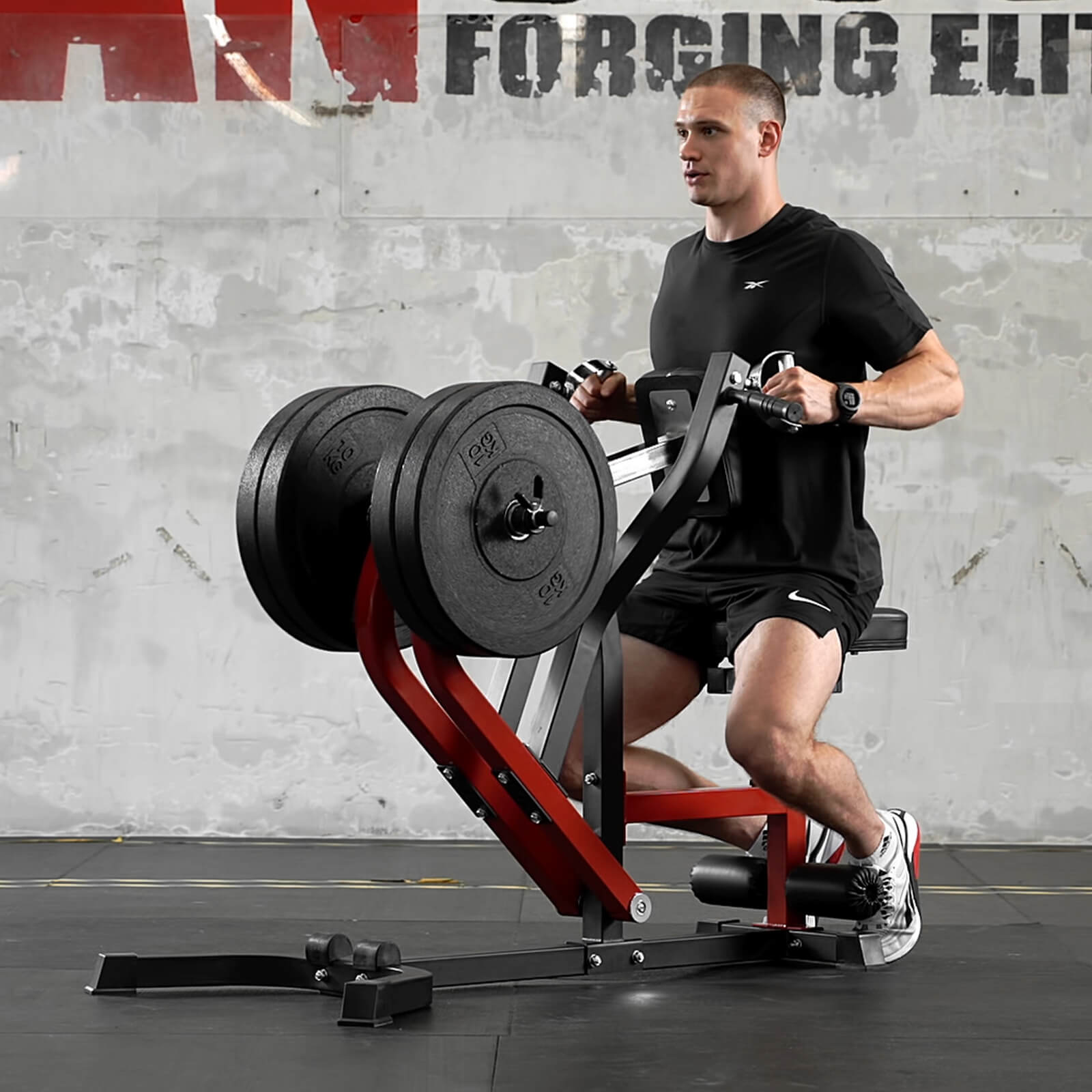
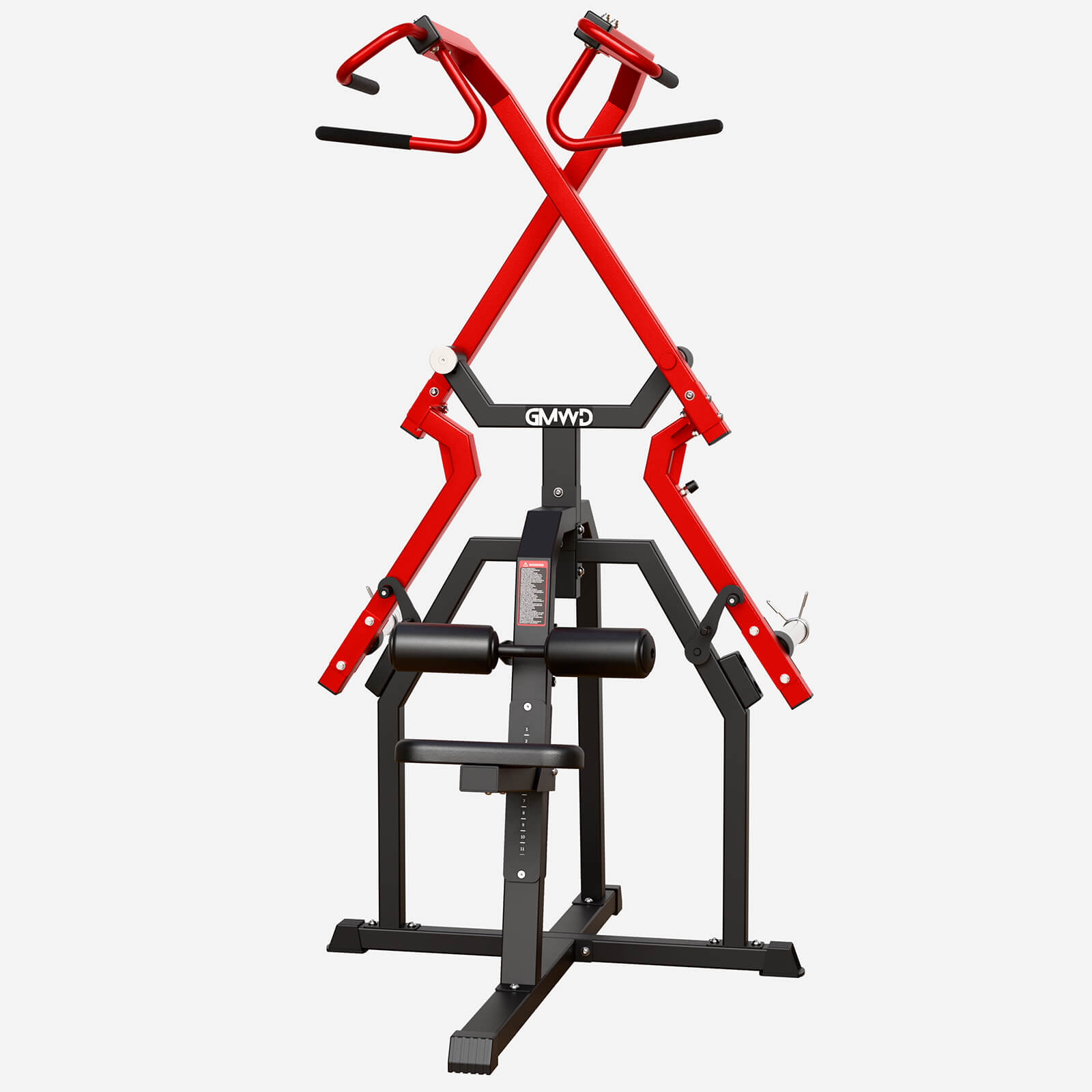
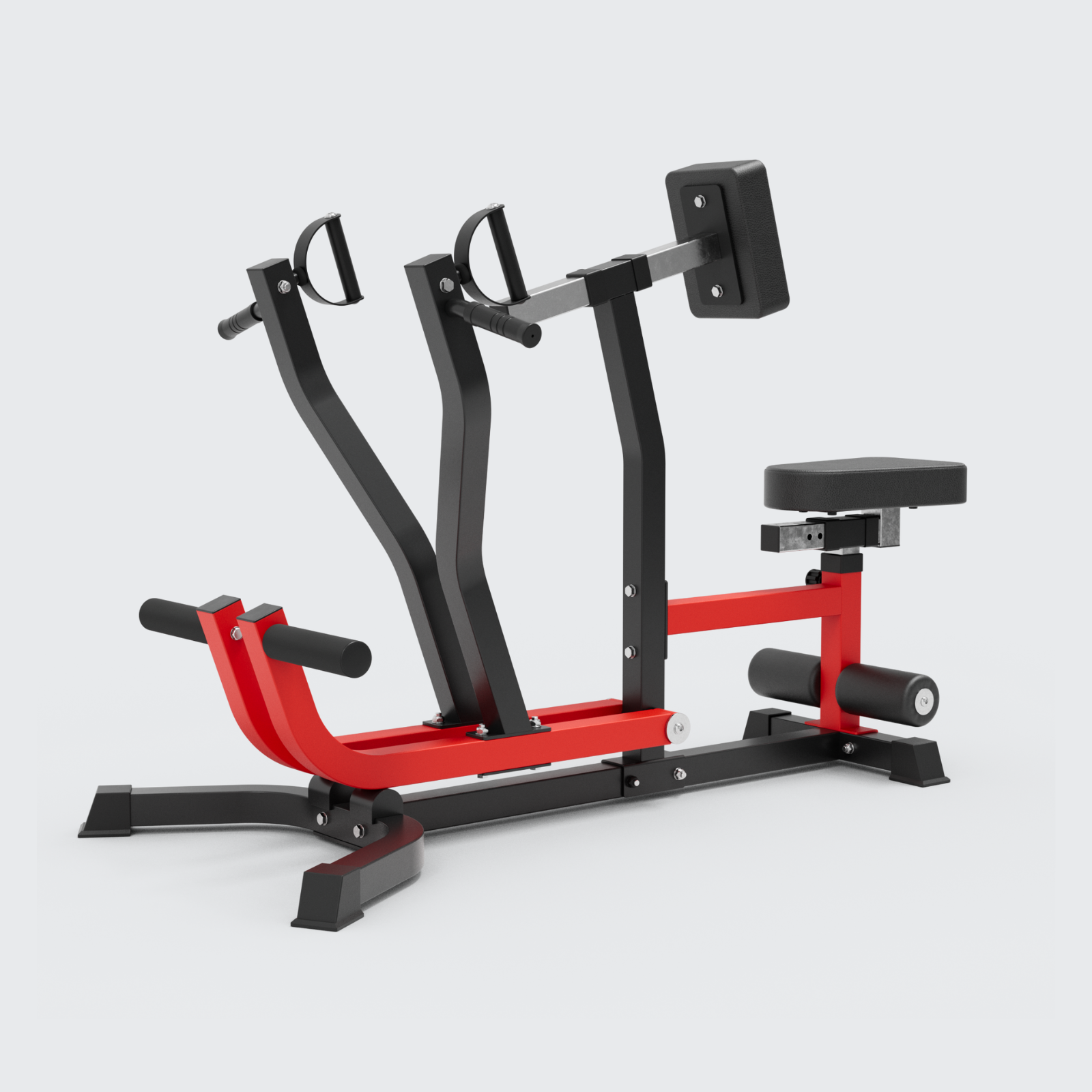
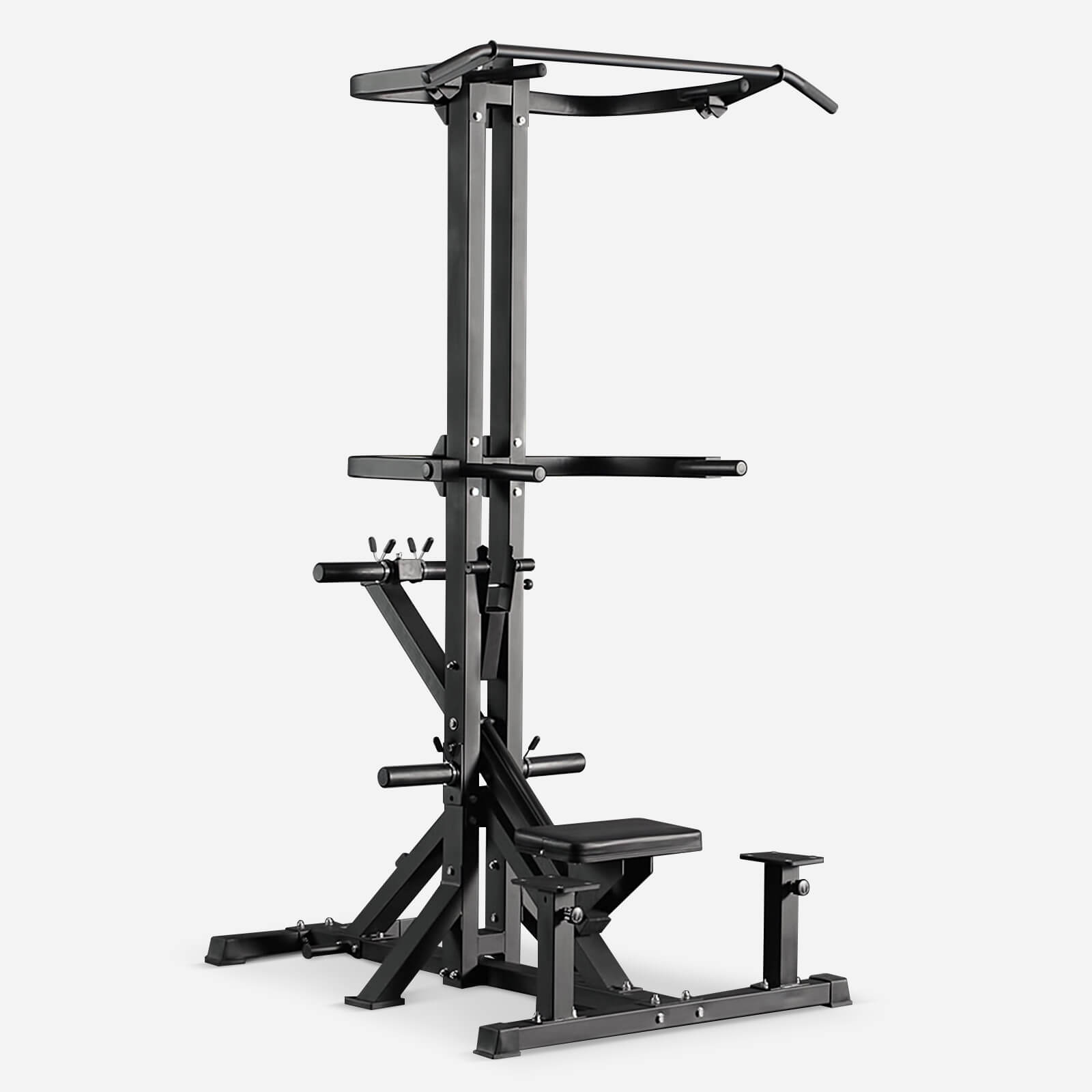


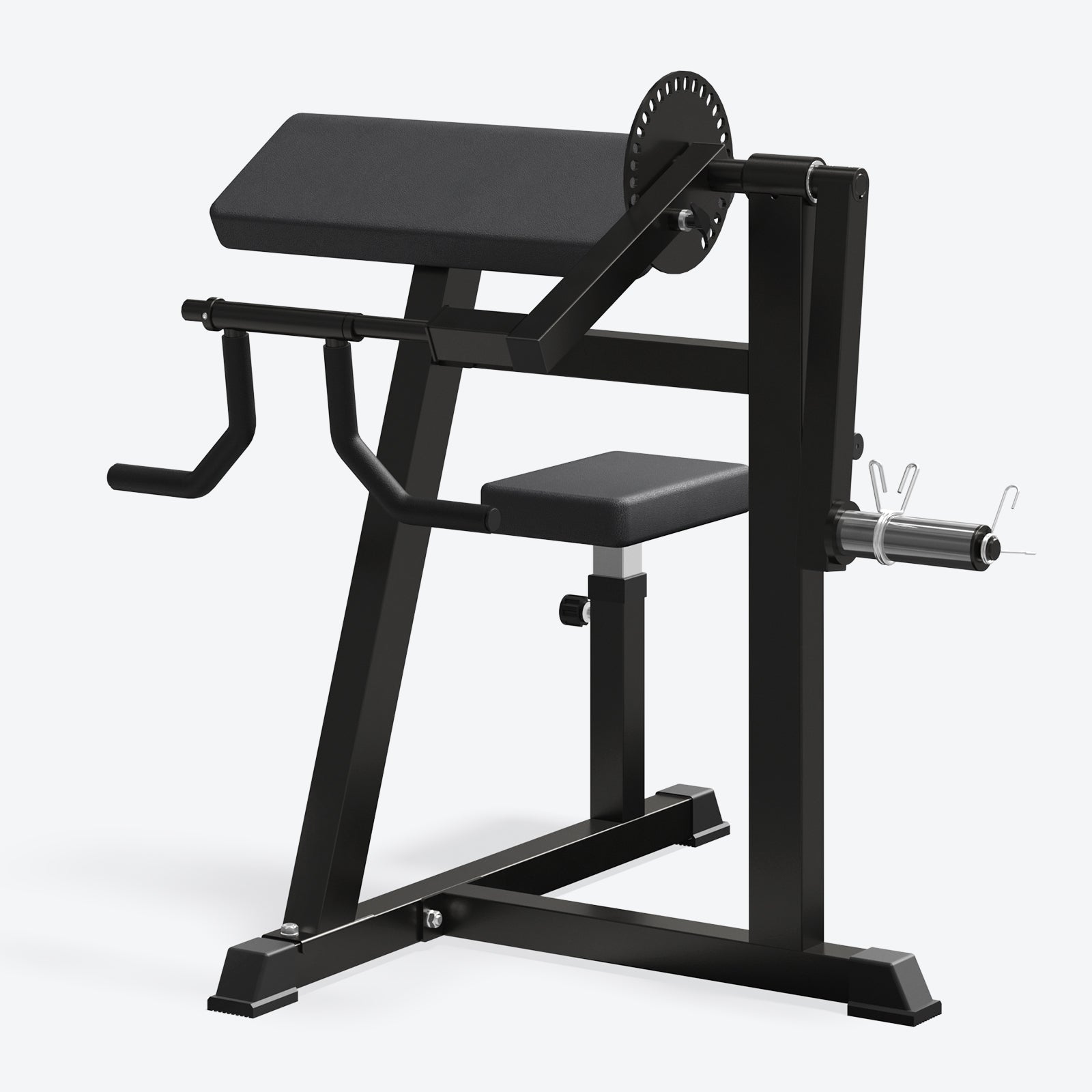
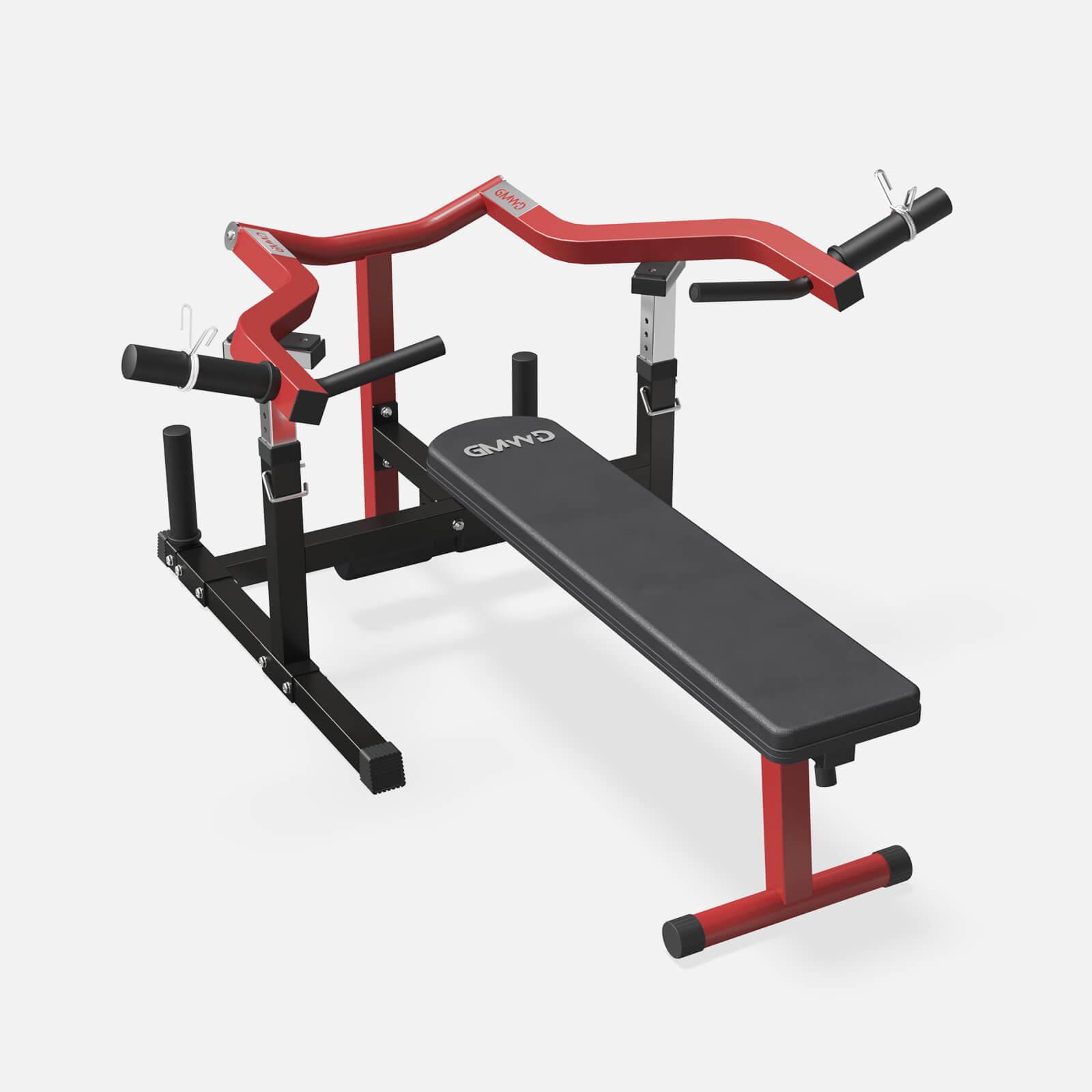
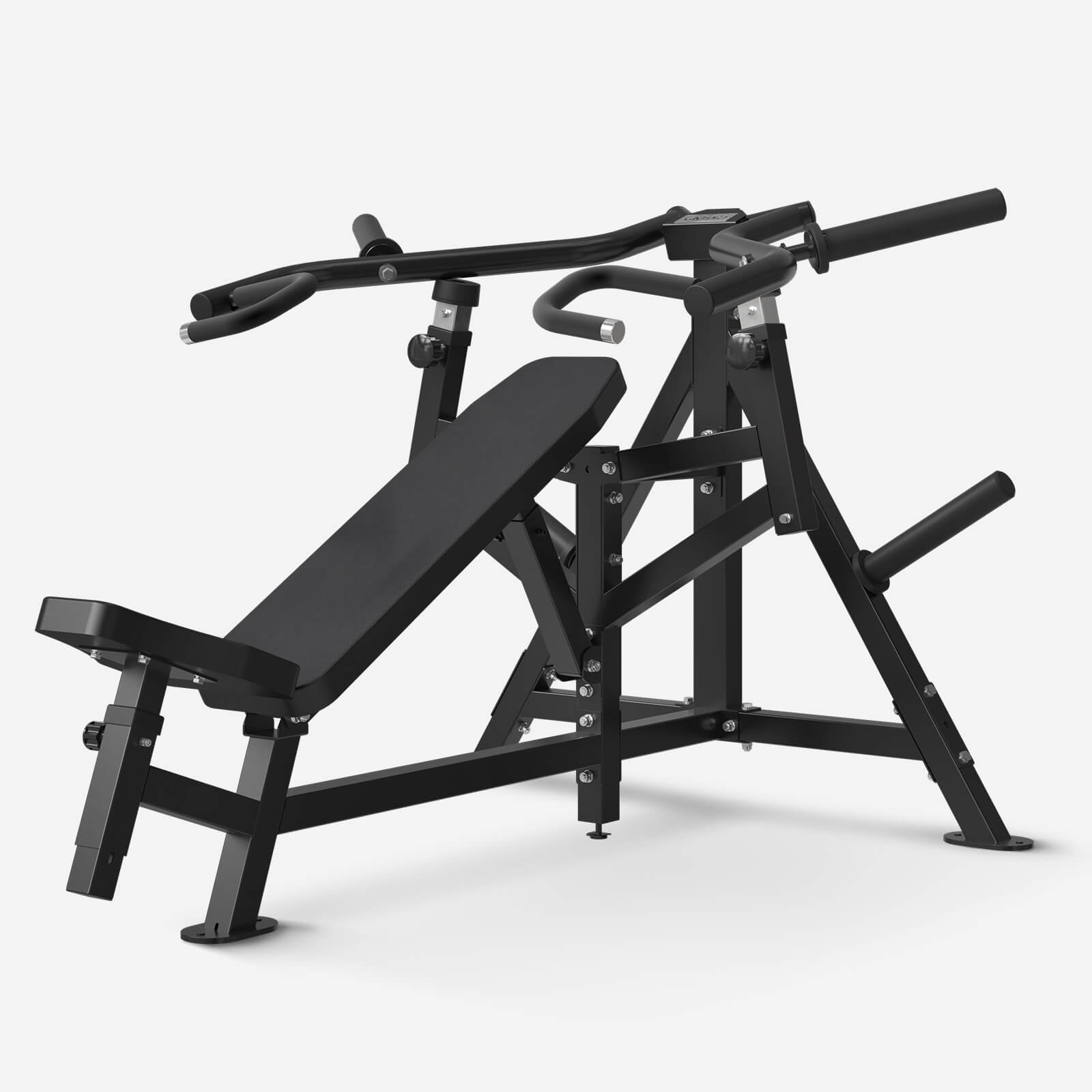
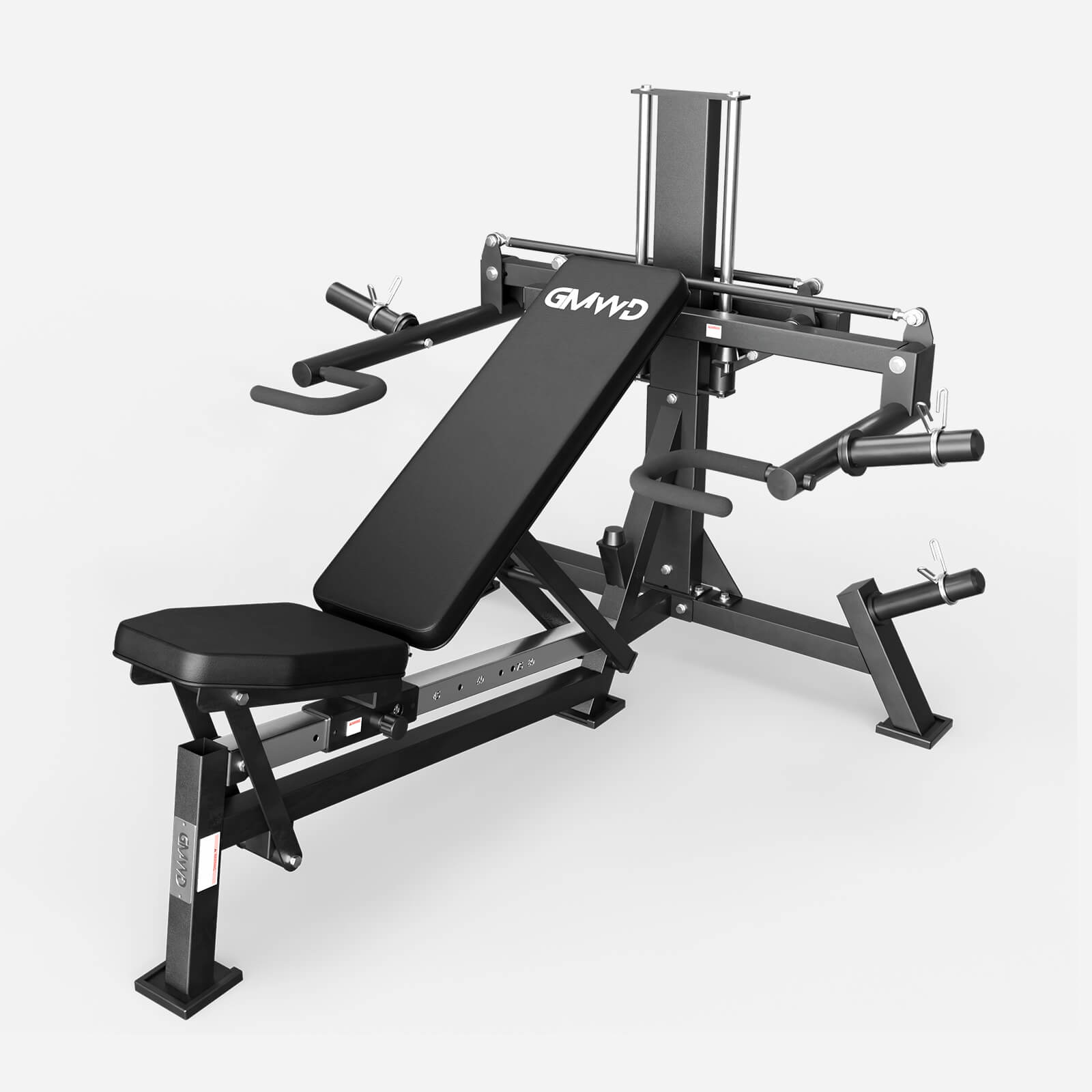
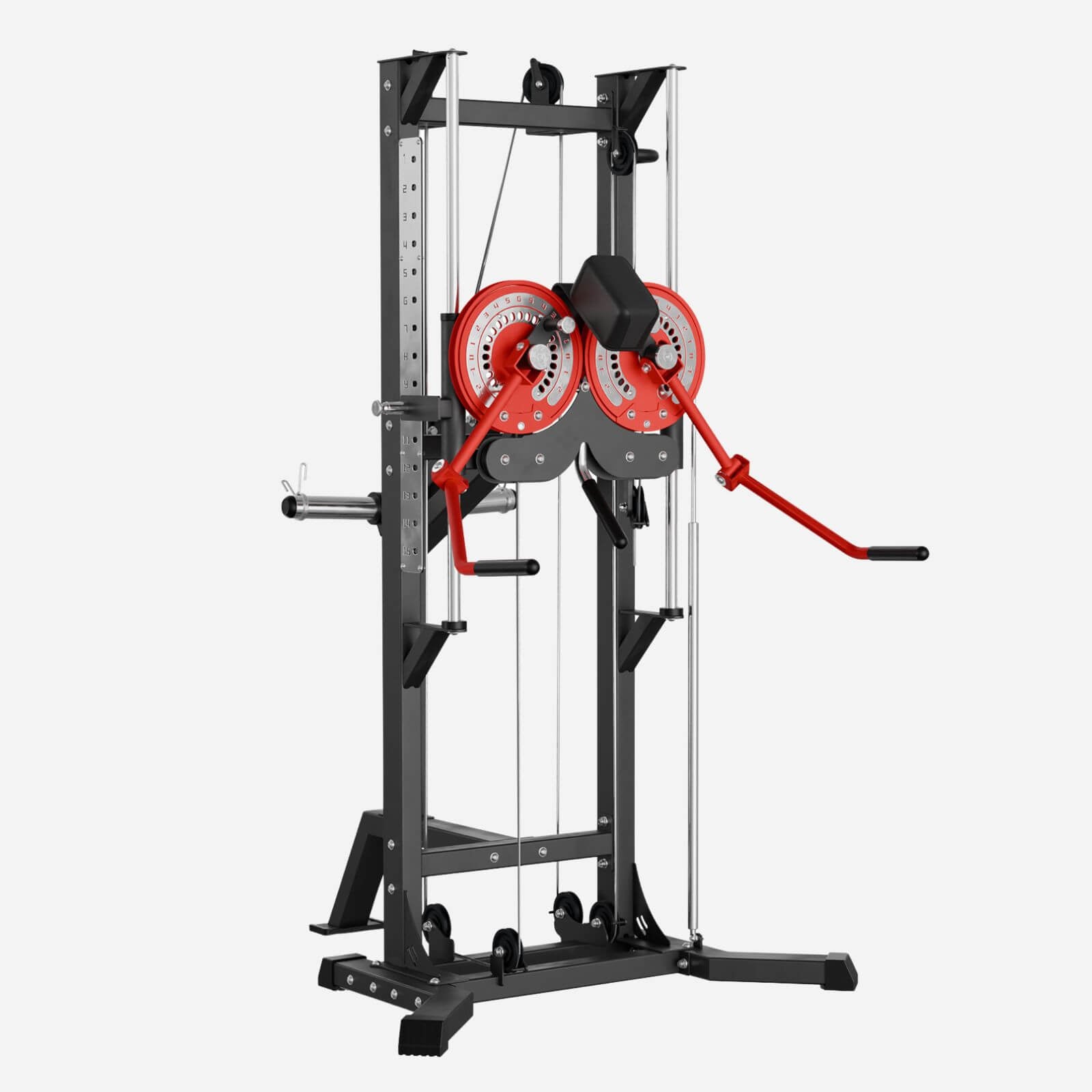
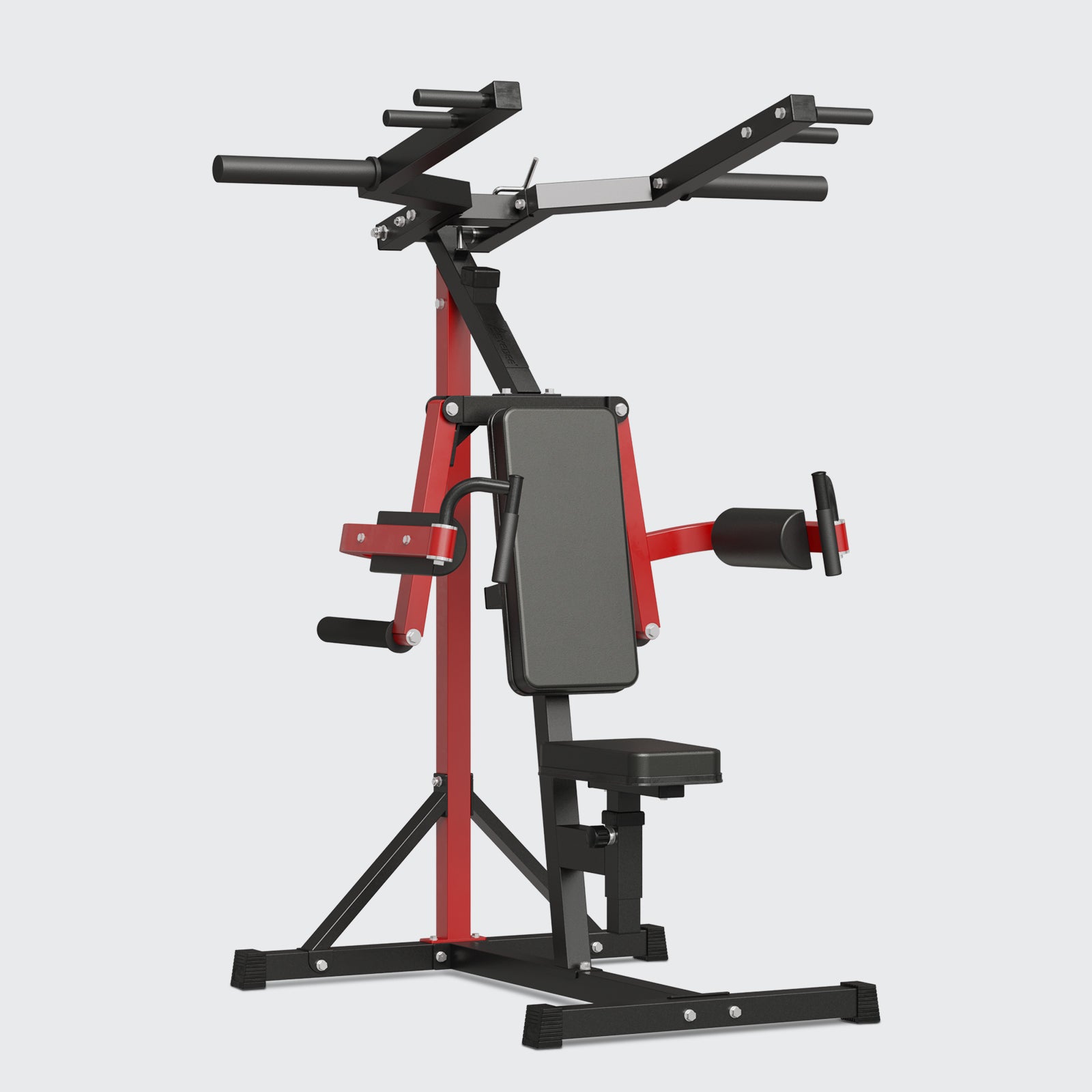
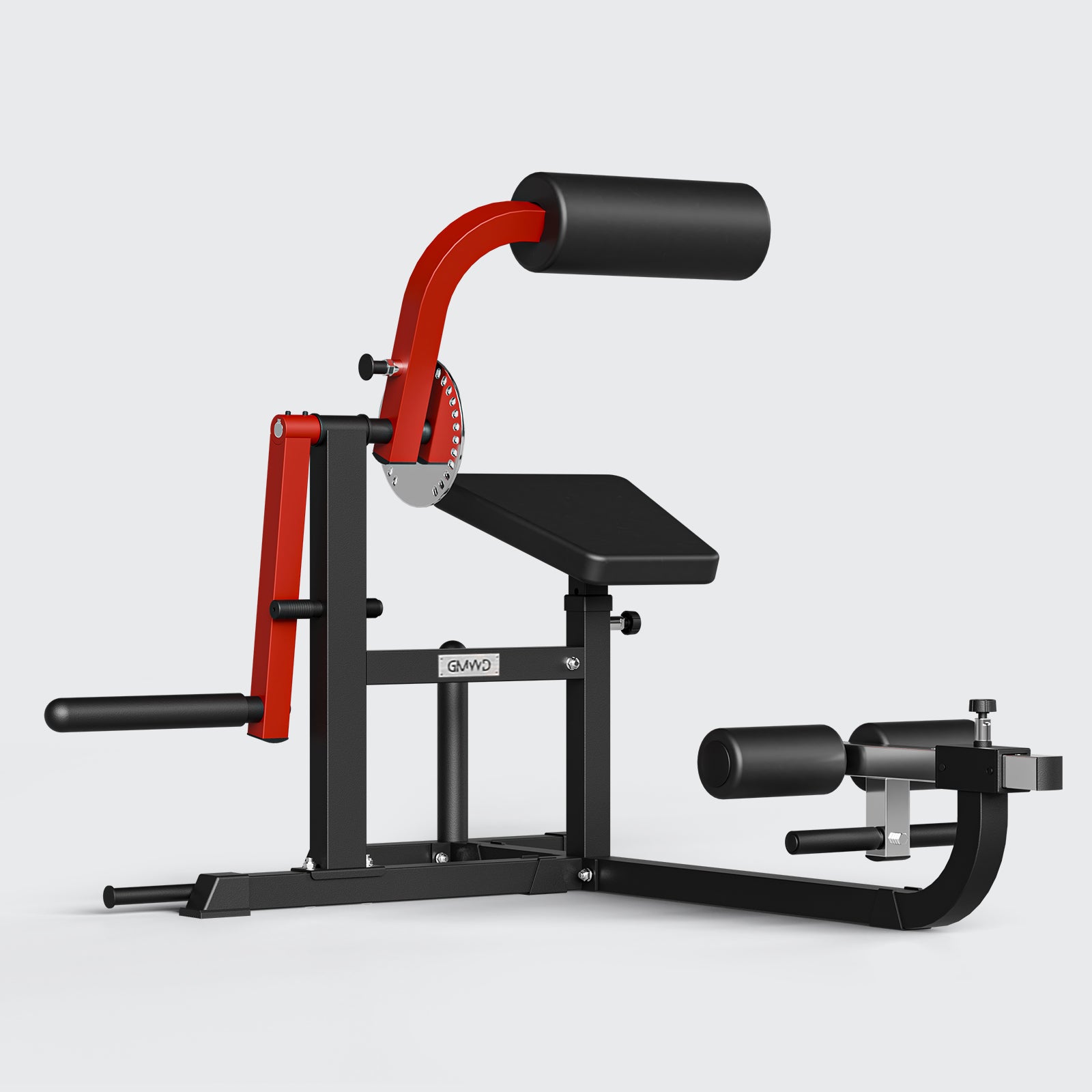
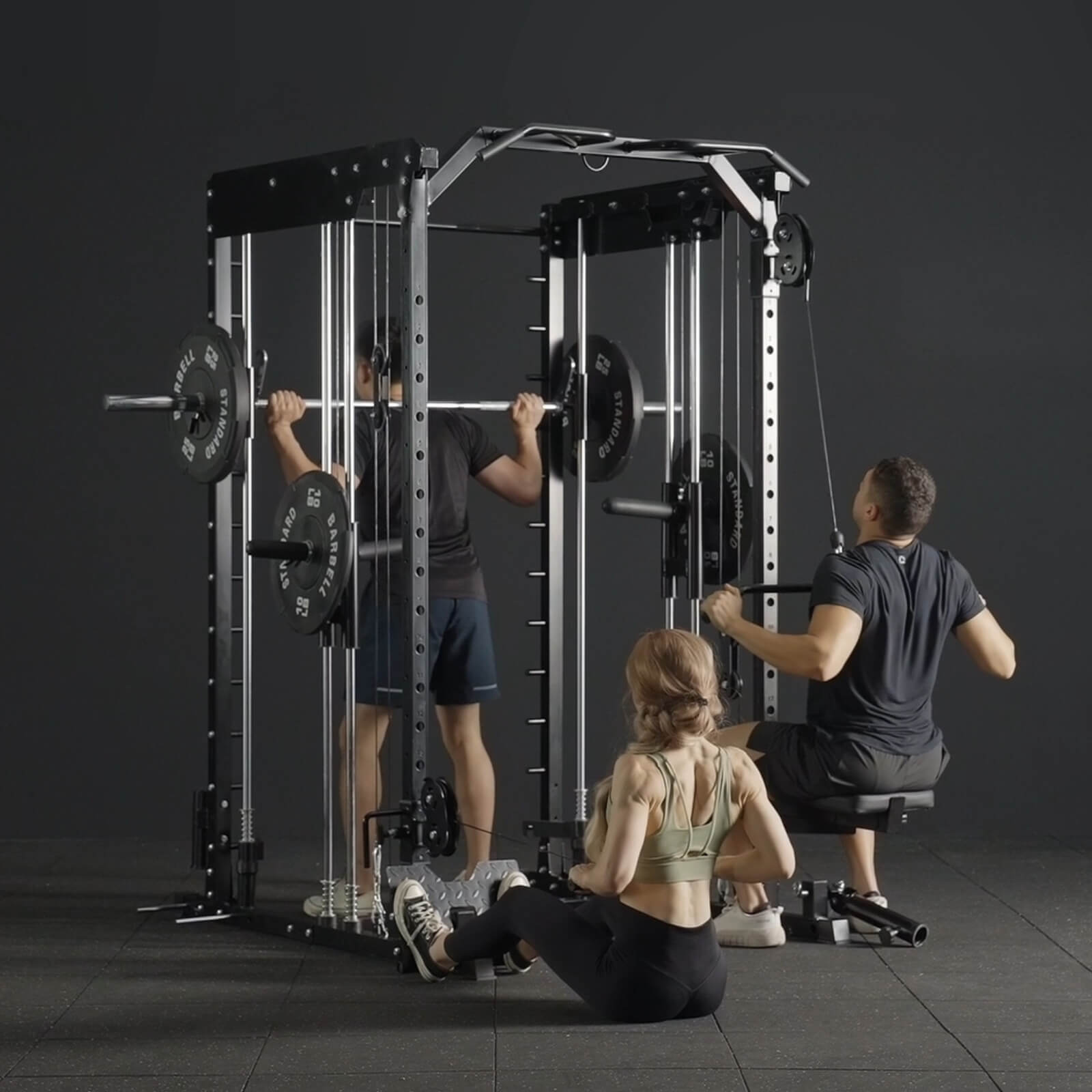
Leave a comment
All comments are moderated before being published.
This site is protected by hCaptcha and the hCaptcha Privacy Policy and Terms of Service apply.